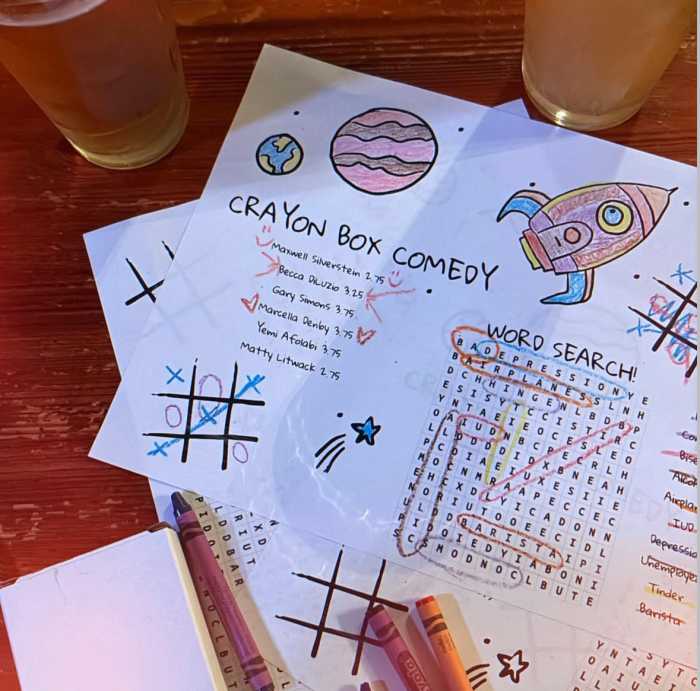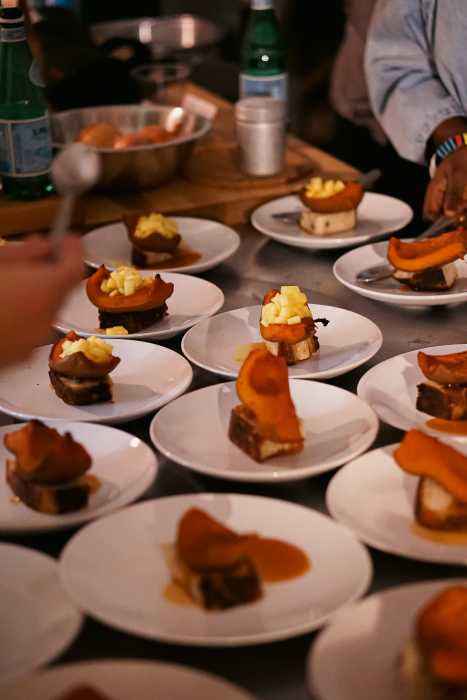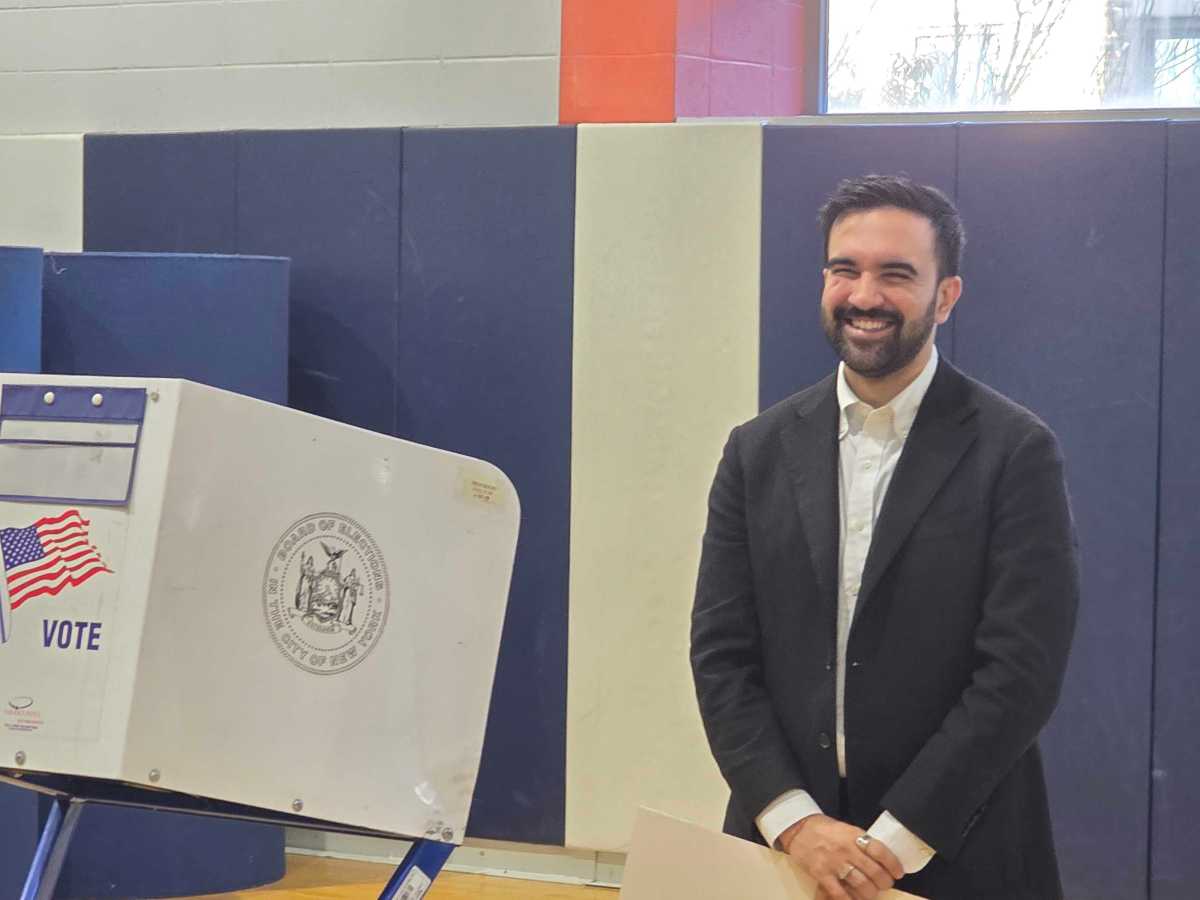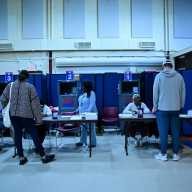A floral sponge is about to start soaking up the stink in the Gowanus Canal.
The Gowanus Canal Conservancy has just received a $580,000 city grant to line Sixth Street between Second and Fourth Avenues with water-hungry plantlife, an effort to soak up stormwater so that it doesn’t overwhelm an antiquated sewage system into dumping feces into the fetid waterway.
John Muir, the advocacy group’s vice chairman, said the bioswale — an interconnected system of plants that remove toxins from surface water — was chosen for these two blocks because they are “a discreet sewer district,” meaning they are more prone to sewage overflow into the canal.
“Our aim is to reduce stormwater flow,” Muir added.
The work will begin in a month, and construction will take a year.
The plan is similar to the group’s Sponge Park concept, which would take a similar approach over a wider area along the length of the canal.
Over the next three years, the conservancy will carefully monitor the success of its plan, and look for application elsewhere in the region.
“A lot of gardeners will be required to tend to the bioswale,” Muir said.
Department of Environmental Protection spokesman Farrell Sklerov said that the city doled out the grand because if the Gowanus project is successful, it could be replicated throughout the city.
“This is our effort to see what works, and to see where resources should be distributed in the coming years,” he said.
The conservancy’s award dashes the hopes of Park Slope resident Bart Chezar, who in January hatched a plan of his own to clean the canal called the “Remote Drain Controlled Rainwater Collection Cistern” plan, which uses regulators to control sewer overflow.
Chezar said the bioswale idea is a good one, but won’t do the job as well as his plan.
“If you want to reduce combine sewer overflow discharges in a meaningful way, you have to go beyond that,” he said. Chezar — one of eight hopefuls who applied for the grant money — vowed to keep his plan alive. “Maybe there are ways to make this work in the future,” he said.




















